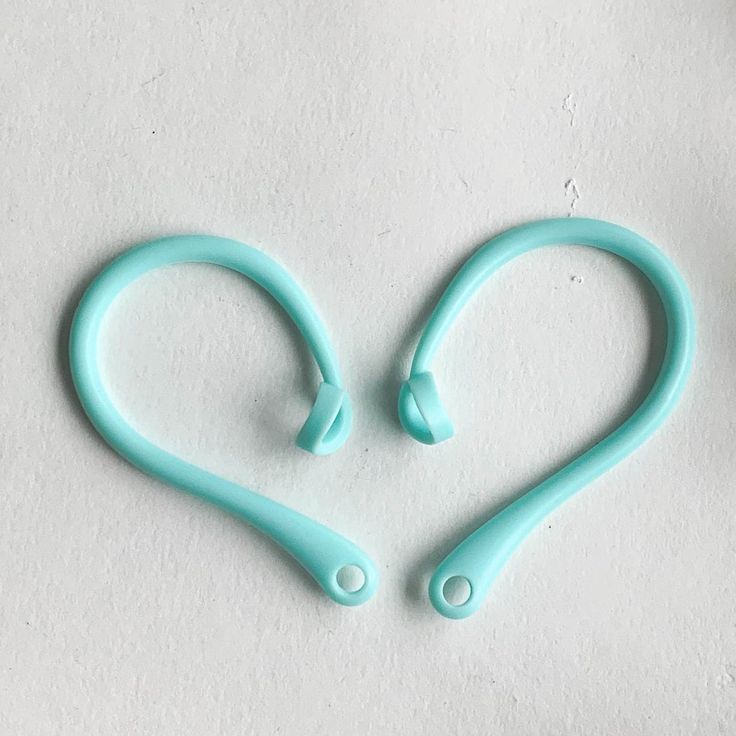In a world overflowing with mass-produced phone cases, the allure of crafting your own personalized protection is undeniable. But are phone cases easy to make? Can you truly create a stylish and functional case with your own two hands? The answer depends on the complexity of the design and the materials you choose. Let’s explore various methods and techniques for creating homemade phone cases, assessing their ease of execution and offering tips for a successful DIY endeavor.
No-Sew Cases: Simple and Stylish
If you’re a beginner or prefer a quick and easy approach, no-sew phone case options are a great starting point.
Fabric Cases
You can create a soft and stylish phone case using fabric scraps, felt, or even an old t-shirt. Simply cut the fabric to size, fold and glue the edges, and voila! You have a personalized case that’s both protective and fashionable.
Duct Tape Cases
Duct tape offers a colorful and durable option for crafting a no-sew phone case. Cut strips of duct tape and layer them onto a cardboard or plastic template, creating a sturdy and customizable case.
Balloon Cases
This quirky and surprisingly effective method involves inflating a balloon and dipping your phone in liquid latex or silicone. Once dry, the balloon creates a flexible and protective case.
No-Sew Tips:
- Accurate Measurements: Ensure you measure your phone carefully and cut the fabric or material with precision to achieve a snug fit.
- Strong Adhesive: Choose a strong adhesive that’s suitable for the material you’re using.
- Creative Embellishments: Decorate your no-sew case with paint, markers, stickers, or other embellishments to personalize it.
Sewn Cases: For the Sewing Enthusiast
If you have basic sewing skills, creating a sewn phone case opens up a world of possibilities for customization and design.
-
Fabric Choices: Choose from a wide array of fabrics like cotton, felt, or even leather or faux leather.
-
Pattern Creation: Create a pattern by tracing your phone onto paper or directly onto the fabric. Add seam allowances for sewing the pieces together.
-
Sewing Techniques: Employ basic sewing techniques like straight stitching or zigzag stitching to join the fabric pieces and create a sturdy case.
-
Embellishments: Add personality to your sewn case with decorative stitching, embroidery, buttons, or other embellishments.
Sewing Tips:
- Practice on Scrap Fabric: If you’re new to sewing, practice your stitching on scrap fabric before working on your actual case.
- Choose the Right Needle and Thread: Select a needle and thread that are appropriate for your chosen fabric.
- Reinforce Seams: Reinforce seams in high-stress areas with double stitching or a zigzag stitch for added durability.

Resin Cases: A Trendy and Durable Option
Resin cases, created by pouring resin into a mold and curing it, offer a sleek, durable, and customizable option.
-
Mold Selection: Choose a mold that fits your phone model and allows for the desired thickness and design elements.
-
Resin Mixing and Pouring: Follow the resin manufacturer’s instructions carefully to mix and pour the resin into the mold.
-
Curing: Allow the resin to cure completely according to the instructions. This process can take several hours or even days, depending on the type of resin used.
-
Demolding and Finishing: Once cured, carefully remove the case from the mold and sand or polish any rough edges.
Tips:
- Safety First: Work in a well-ventilated area and wear gloves and a mask when handling resin.
- Precise Measurements: Follow the resin mixing instructions carefully to ensure proper curing and avoid air bubbles.
- Creative Embellishments: Incorporate glitter, dried flowers, or other decorative elements into the resin before it cures for a personalized touch.
The ease of making a phone case varies depending on the chosen method and your level of crafting experience. No-sew cases offer a simple and accessible option for beginners, while sewn cases and resin cases require some basic skills and tools.
Regardless of the method you choose, crafting a homemade phone case allows for creativity, personalization, and a sense of accomplishment. It’s a fun and rewarding project that results in a unique accessory that protects your phone and reflects your individual style.
Skill Level and Complexity: Assessing the Difficulty
The ease of making a phone case largely depends on the chosen method and your level of crafting expertise. Let’s assess the difficulty of various approaches.
-
No-Sew Cases: These are generally the easiest to make, requiring minimal skills and tools. They are perfect for beginners or those seeking a quick and simple project. However, the level of customization and design options might be limited compared to sewn or resin cases.
-
Sewn Cases: If you have basic sewing skills and access to a sewing machine, sewn cases offer more flexibility in design and customization. However, they require more time and effort compared to no-sew options. The complexity of the design and the chosen fabric can also influence the difficulty level.
-
Resin Cases: Resin cases can create a stunning and durable result, but they require more specialized materials and techniques. Working with resin involves precise measurements, careful handling, and a longer curing time. This method might be more suitable for experienced crafters or those willing to invest time and effort in learning new skills.
Choosing the Right Method for You
-
Skill Level: Assess your crafting skills and comfort level with different techniques. If you’re a beginner, start with a no-sew case and gradually progress to more complex methods as you gain experience.
-
Time Commitment: Consider the time you have available for your project. No-sew cases can often be completed in a few hours, while sewn or resin cases might take longer.
-
Desired Outcome: Visualize the final product you want to achieve. If you’re looking for a simple and functional case, a no-sew option might suffice. If you desire a more intricate and personalized design, consider sewing or resin techniques.

Safety Considerations: Protecting Yourself and Your Phone
While crafting a phone case can be a fun and rewarding experience, it’s important to prioritize safety and protect both yourself and your device.
-
Sharp Objects: When using scissors, craft knives, or other sharp tools, exercise caution to prevent injuries.
-
Hot Glue Guns and Resin: If using hot glue or resin, follow safety instructions carefully to avoid burns or skin irritation. Work in a well-ventilated area and wear gloves and a mask if necessary.
-
Phone Protection: Ensure your homemade case provides adequate protection for your phone. Consider adding a raised lip or bumper around the edges to safeguard against drops and impacts.
Inspiration and Resources: Fueling Your Creativity
The world of DIY phone cases offers endless possibilities for creativity and personalization.
-
Online Tutorials and Blogs: Numerous online tutorials and blogs provide step-by-step instructions and inspiration for various phone case designs and techniques.
-
Social Media: Explore social media platforms like Instagram and Pinterest for creative ideas and DIY projects.
-
Craft Books and Magazines: Browse through craft books and magazines dedicated to DIY projects and phone case customization.
-
Your Own Imagination: Don’t be afraid to let your imagination run wild and experiment with different materials, colors, and embellishments to create a truly unique and personalized case.

Conclusion
So, are phone cases easy to make? The answer is yes, with a caveat. The ease of creation largely depends on the chosen method and your crafting skills. No-sew cases offer a simple starting point, while sewn and resin cases require more expertise and time commitment.
Regardless of the method you choose, crafting a homemade phone case is a rewarding experience that allows you to express your creativity, personalize your device, and potentially save money.
Embrace the DIY spirit, explore different techniques, and enjoy the process of creating a unique and functional accessory that reflects your individual style.










